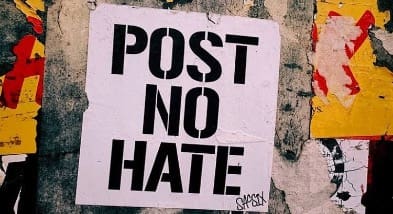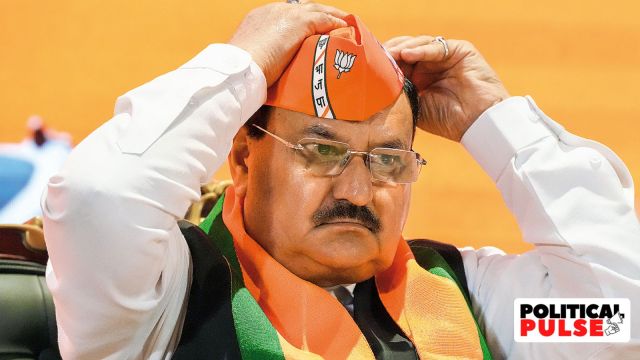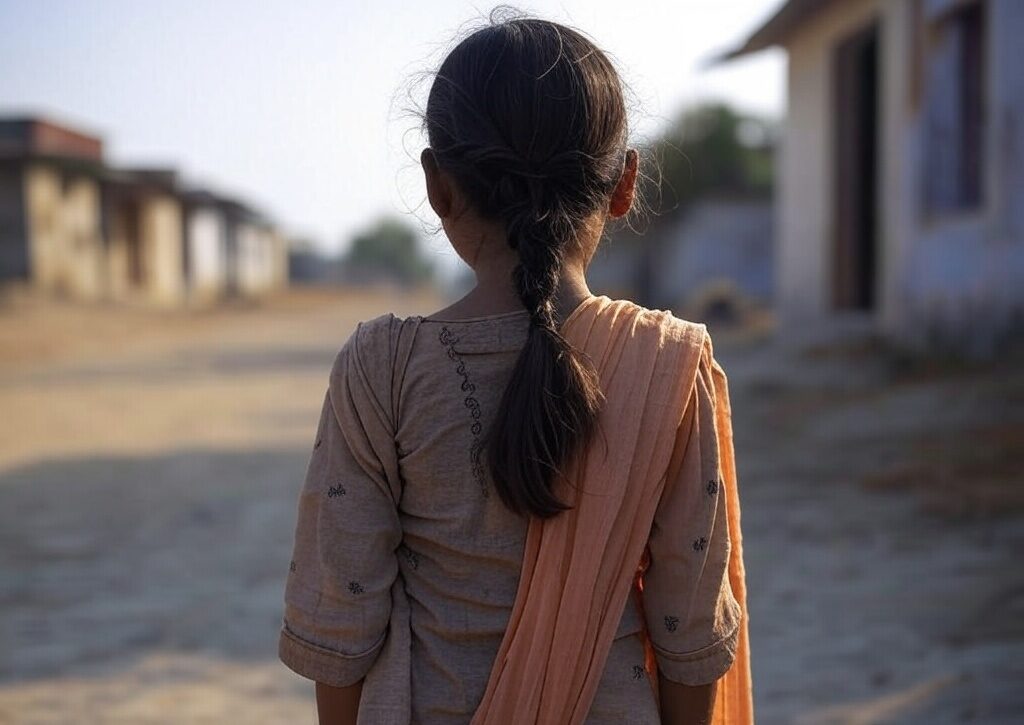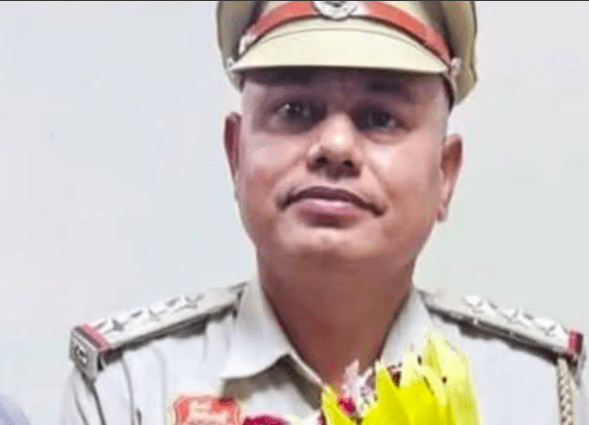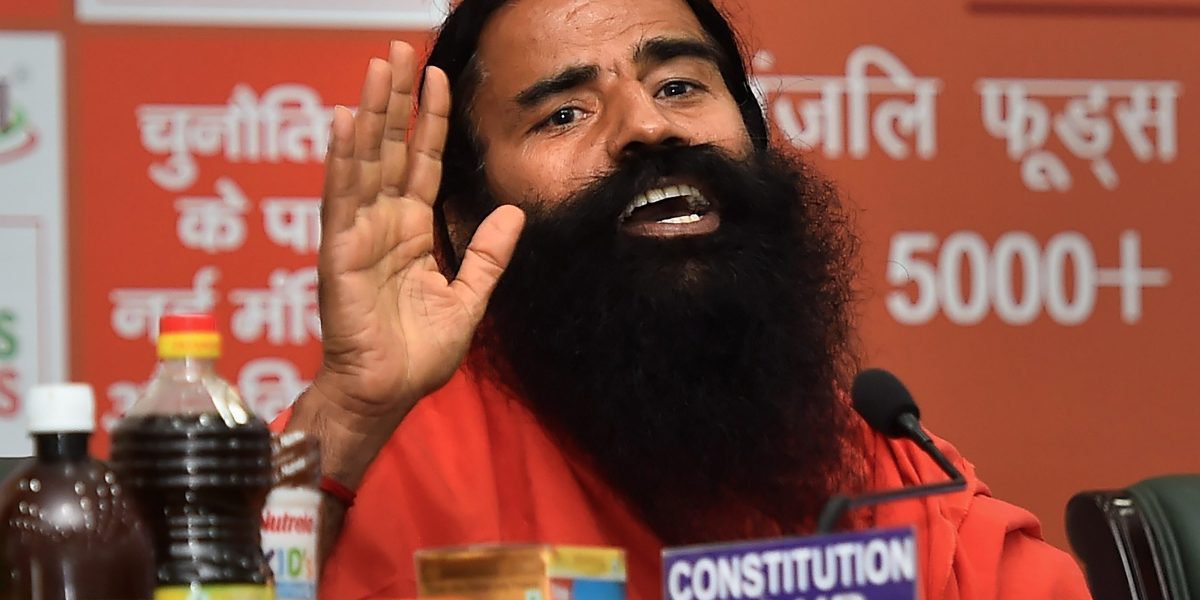
By SUVOJIT BAGCHI / TRT World
The domestic policies driven by religion and steered by India’s ruling Hindu nationalist Bharatiya Janata Party (BJP) seem to be coming home to roost. At least on three occasions – in three parts of India – experiments to implement sweeping Hindutva-led policies to reap political benefits have rebounded. The latest one occurred last week in the middle of a seven-phase poll in India’s most populous northern state, Uttar Pradesh (UP), with little over 150 million voters.
Farmers of Barabanki, next to UP’s capital Lucknow, collected stray cattle from nearby towns and villages and released the bovines in the vicinity of a public meeting venue of UP’s Chief Minister Yogi Adityanath, the saffron-clad Hindutva mascot known for making controversial statements against the Muslim community in India.
The action was strong enough for the Chief Minister to recycle promises made by Prime Minister Narendra Modi to put in place “a new system” so that poor peasants can earn by selling the “dung of an animal that does not produce milk.”
The farmers – predominantly from the majority Hindu community – argue that a surge in the crop-consuming bovine population is affecting their livelihoods. The farmers blame Chief Minister Adityanath for their plight, making it headline news in India.
Bovines, especially cows, are considered sacred animals in Hinduism. Soon after coming to power in 2017, Adityanath, the head priest of a Hindu order of shrines, banned illegal abattoirs, mainly run by Muslims and backward castes of India. The slaughter ban was apparently imposed to reduce pollution and prevent animal cruelty – both guided by laws in India.
The ban on slaughterhouses stripped an unaccounted number of Muslims and backward caste communities of their livelihood. An estimated 500 small and medium-sized slaughterhouses were declared illegal and shut, rendering hundreds of thousands of workers jobless. The majority of these people were associated with small slaughterhouses without licences.
Besides slaughterers, people associated with related businesses – like the processing of raw hides and the selling of leather and leather accessories – also went out of work. In one industrial town, Jajmau in central UP, out of over 400 tanneries barely 100 are operational. One of the top tannery owners, Mohammed Farhan, closed his factory a couple of months ago and is considering “other jobs” as the hide supply has reduced. This has partly flattened the two-hundred-year-old leather business in the district of Kanpur.
The disappearance of jobs of the minority community barely made the news until farmers complained about the surge in the number of stray cattle – earlier taken care of by the abattoirs – affecting livelihood. When their woes still failed to make it to the list of electoral issues, the cultivators had no option left but to take matters in their own hands.
In a few hours, the Prime Minister had promised to treat “problems faced by the farmers due to stray cattle seriously” and the Chief Minister had assured to make “cow shelters in large numbers and provide a monthly stipend to farmers for upkeep of cows.”
The citizenship setback
In the same week of February another threat to another religion-driven initiative was issued in the eastern state of Assam, also governed by the BJP.
The influential All Assam Students’ Union (AASU) said that they will be stepping up “resistance” if the BJP implements the contentious citizenship law, passed in 2019. AASU had earlier opposed the bill, but the recent feisty statement was made in reaction to a comment by India’s Home Minister Amit Shah. Shah said that the BJP-led government will implement the Citizenship (Amendment) Act (CAA) 2019, once the pandemic season is over.
The CAA was modelled, to an extent, on the Burma Citizenship Act (BCA) of 1982, which was designed to ensure naturalisation on the basis of religion; the BCA was the keystone of the elimination and ejection of over a million Rohingya Muslims from Myanmar over the last four decades. In India, the CAA was designed to deny naturalised citizenship to the Muslims, while granting it to other key religious groups.
Assamese nationalists are not too keen to “divide” illegal immigrants along religious lines, and AASU president Dipanka Kumar Nath warned that implementation of the law “will be resisted both in the court and the streets of Assam.” He was backed by the civil society groups and the legitimate opposition parties in Assam.
Thus, for the BJP, the citizenship law emerged as a major dilemma – whether to go ahead with the CAA on religious lines even at the cost of provoking India’s troubled north-east, or to relegate it to the backburner, annoying millions of adherents of Hindutva in mainland India.
Sooner and definitely not later than the 2024 national poll, the architect of the law, Amit Shah, will have to make a call.
The Kashmir conundrum
The third significant inflexion point in the religion-centric policy initiation was when India-administered Kashmir – in the extreme north – was stripped of its special status. The special status of Jammu and Kashmir, a Muslim-majority state, was granted under Articles 370 and 35A of the Indian Constitution and it was revoked on August 5 2019.
The decision, in Amit Shah’s words “rectified the historic mistakes after Independence,” as it addressed a long-standing demand from the Hindu nationalist Rashtriya Swayamsevak Sangh, the progenitor of scores of Hindu right-wing outfits including the BJP, to remove the special status given to Muslim-majority Kashmir.
In addition, Shah claimed that not just Kashmir is “an integral part of India” but “Pakistan occupied Kashmir (PoK) and Aksai Chin are included in it.”
The tri-junction of Aksai Chin, a barren plateau of about 60,000 km², between north-east Ladakh on the Indian side and western Tibet and southern Xinjiang in China, remains disputed following the usual lazy demarcation of borders by 19th-century British officials. India’s decision to change the status of Kashmir, unilaterally claiming Aksai Chin, is now questioned by experts as it ignited dormant India-China hostility after six decades.
India’s claim resulted in fierce hand-to-hand combat between Indian and Chinese forces that killed at least 20 Indian soldiers and an undisclosed number of Chinese soldiers in June 2020. It was the beginning of a new low in India–China relations, which have now witnessed an outstanding troop mobilisation on the Ladakh–Tibet frontier, where an estimated “50,000 Indian troops (in 2020-21) dug in on the Ladakh LAC (Line of Actual Control) faced a similar number of Chinese soldiers massed on the LAC in Aksai Chin and Tibet,” noted Sumantra Bose, a global geopolitics and Kashmir expert, in his latest book “Kashmir at the Crossroads.”
In a recent conversation, Professor Bose argued that India had gained a “hardened diplomatic victory” in the north Indian hill city of Shimla in July 1972, when Pakistan “reluctantly accepted that Kashmir was a bi-lateral issue between India and Pakistan and not an international dispute.” However, the decision to claim PoK and Akshai Chin has “re-internationalised” the Kashmir conflict, perhaps “not to the national interest of India.”
“China has moved from larking in the background to the centre stage of the Kashmir conflict and the hard won gain of Shimla Agreement has been – at least partly – undone while regional geopolitics has explicitly become trilateral,” argued Bose.
With a drop in seat and vote share or an unforeseen defeat in UP, India’s ruling dispensation will have to evaluate if the agendas driven by Hindutva are worth pursuing before the 2024 national poll.
This article first appeared on trtworld.com


